Network to Plan for Future Demand and Bridge
Unlike nearly every other technology investment, the upgrade to fiber optic infrastructure is one that is designed to truly last. With lifespans of over 30 years for buried cables, fiber is engineered to deliver the connectivity to support the technology needs of tomorrow—and perhaps most importantly, to closing the digital divide and bringing high-speed, reliable connectivity to everyone.
Raise your demand expectations ‘until people laugh, then go higher’
Simply put, there’s no better way to prepare for the future of connectivity than installing the right infrastructure now. In 2000, Vantage Point CEO Larry Thompson was met with derision when he predicted bandwidth consumption to rise from 1Mbps in 2001 to 25Mbps in 2010, to 100Mbps (20 up) in 2020. Over time, however, his predictions proved true. Going forward, he advises prudent technology planners to incite the same mockery: if you want to know how much bandwidth the average person will need in 10-20 years, keep raising your figures until you start making people laugh, then go higher. On the more conservative end, estimates from the Fiber Broadband Association put the typical household requirement at 2GB of symmetrical bandwidth by 2030.
While the exact sources of these astronomical demands remain uncertain, there are many emerging technologies that poised to drive the rise. Things like augmented and virtual reality, gaming, autonomous vehicles, and drone delivery systems will require tremendous connectivity. In addition, the COVID-19 pandemic has drastically increased the use of remote work tools like video conferencing.
An opportunity to close the digital gap, if we take it
Beyond future-proofing networks for future demand, fiber optics are key to getting underserved populations the connectivity they need today. The economics of providing the “last-mile” connection to homes in rural areas has long been a hinderance to providing these consumers with broadband internet.
Today, there are 133 different programs across 15 different state and federal agencies working on expanding broadband access and equity. Many are specifically for subsidizing the investment in broadband infrastructure, like laying fiber optic cabling.
In total, some $100 billion in grants are on the table, with the majority earmarked for connecting rural areas, including $42.5 billion for last-mile connectivity—effectively completing the business case for investment by service providers. It’s a win-win: companies that take advantage of these grants can help elevate internet equity for Americans and realize new streams of service revenue in the process.
Investments in rural communities’ infrastructure extend beyond just providing home internet. Many of the “smart city”-style technologies that have been deployed in urban areas hold benefits for rural communities as well. And reliable connectivity is key for many basic aspects of 21st century life, such as banking and finance in an increasingly cashless world, and can help unlock efficiencies in fields like agriculture, resulting in benefits that extend to the entire population. It’s also key for enabling future technologies like autonomous vehicles: without connectivity, rural towns may be left behind because cars can’t navigate there.
Careful planning will help you get it right the first time
Whatever the use case for fiber connectivity, one thing is certain: it’s important to do it right the first time. This means installing more capacity than you think you need today, as needs will only grow. In fact, many experts do recommend oversizing fiber by 1.5 to 2x per home to futureproof for inevitable demand increases.
Some communities have been extremely forward looking in this regard. Open-access fiber infrastructure provider Netly recently debuted a terabit-capable network in the town of Solana Beach, California. The network, which uses SMF-28® Ultra 200-micron bend-insensitive single-mode fiber, is the result of a nearly four-year collaboration between Netly and to push the limits of infrastructure bandwidth, and features an architecture that delivers fiber strands to every building and wireless base station in the town. ISPs that serve the municipality now have tremendous flexibility in their service plans: while anchor tenant Ting Internet’s offerings currently top out at 1Gbps, they could easily increase that to 10Gbps, and eventually provide 1Tbps, when—not if—it’s required. Netly is currently in the process of building out the same infrastructure for neighboring Encinitas, CA and plans to eventually outfit up to 10 cities per year in the future.
With a robust fiber optic backbone in place, homes, businesses, and towns will be equipped to meet whatever demands the future holds, no matter how laughable they may seem today. To raise throughput, only the equipment on either end of the cable needs to be upgraded. Indeed, a good deal of fiber cabling buried in the 1980s is still in use today; with new processes and materials in use with modern fiber, the lifespan could be even greater.
Source: corning
Related products...
Network Cable
Network Cable
Network Cable











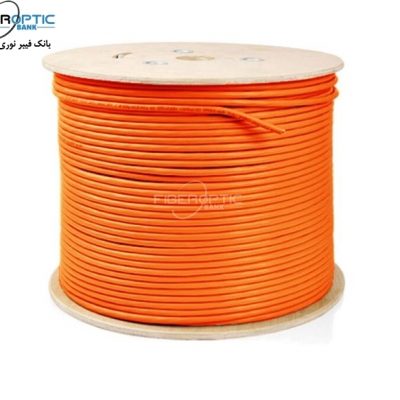
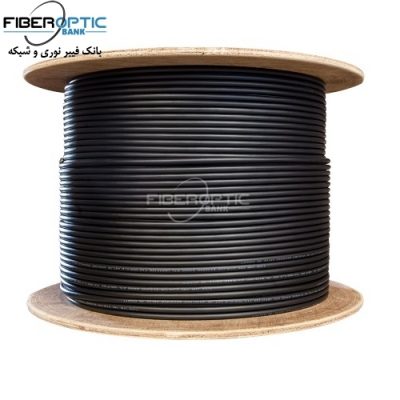
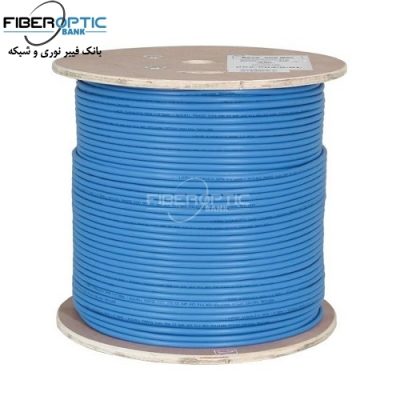
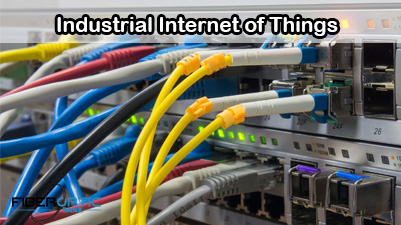
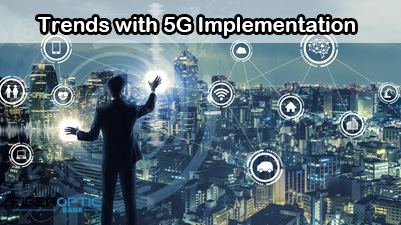
[ratings]